RealCloud HD1 Camera Setup Guide
This guide describes the installation and setup of the RealCloud HD1 intraoral camera for use with Dentrix Ascend Imaging.
Last updated: 10/31/2025
Overview
Dentrix Ascend Imaging supports the acquisition of intraoral images from the RealCloud HD1 camera on a computer running the Windows operating system.
Note: Prior to the installation of the camera, the acquisition agent application must be installed on each computer that will acquire images. Refer to Setting up the acquisition agent for instructions on downloading and installing the acquisition agent.
Installation
To install the RealCloud HD1 camera button software utility, do the following:
-
Start the installer:
-
The installer is located in the Button Software folder on the REALCLOUD HD1 flash drive.
-
The latest version of the installer is also located on the RealCloud website: http://www.realcloudimaging.com/support/. Scroll down the Support Page to the Downloads Section. Click the Capture Button Software button to download the Button-Tray-Utility.zip file. Extract the downloaded .zip file, and then start the installer.
The Welcome screen appears.
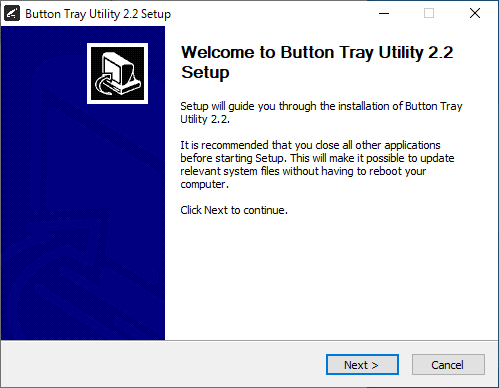
-
-
Click Next.
The Choose Install Location screen appears.
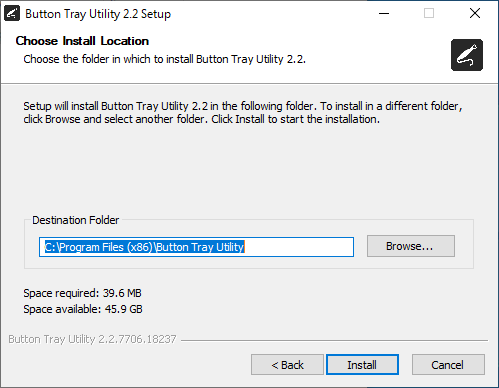
-
Select the Destination Folder for the installation files, and then click Install.
-
Plug the REALCLOUD HD1 camera into the computer, and then click OK to start the installation process.
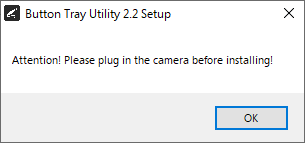
When the installation is complete, the Installation Complete screen appears.
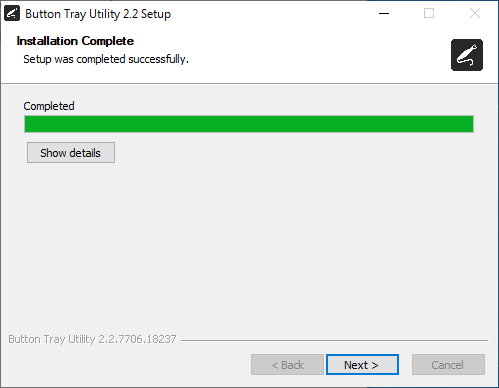
-
Click Next.
-
If the installer prompts you to reboot the computer, select a reboot option, and then click Finish.
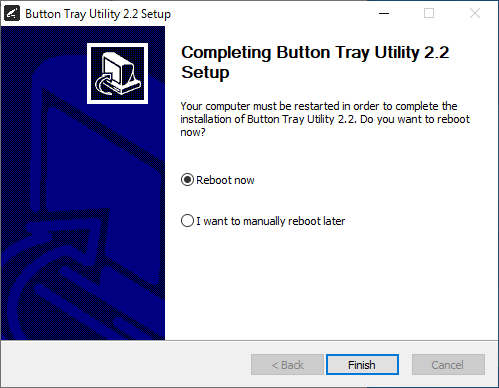
-
Right-click the Button Tray Utility icon in the system tray, and then select Preferences.
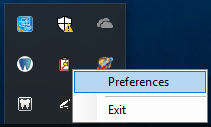
The Preferences dialog box appears.
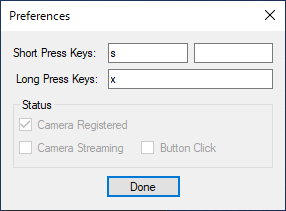
-
Click in the first Short Press Keys box, and then press the S key on your keyboard one time.
-
Click in the Long Press Keys box, and then press the X key on your keyboard one time.
-
Click Done.
Testing
The RealCloud HD1 camera is now functional in Dentrix Ascend Imaging. To acquire a test image, do the following:
-
Select the 2D Oral/Facial Photo Images imaging procedure.
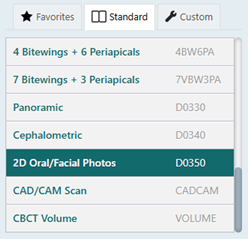
-
On the Available Devices menu, select RealCloud HD1 1080P.
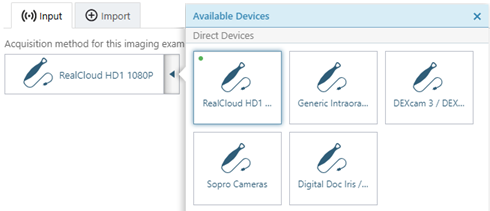
-
Click Start.

A live video stream from your camera appears.

Notes:
-
If a message about the browser not being able to access the camera appears, refer to the steps in the "Troubleshooting" section of this guide.
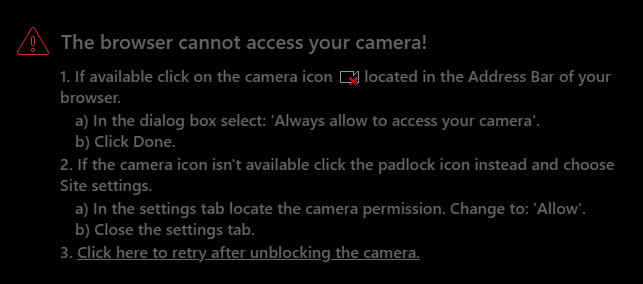
-
To access basic camera settings, click the cog icon (in the upper-right corner of the snapshot panel).

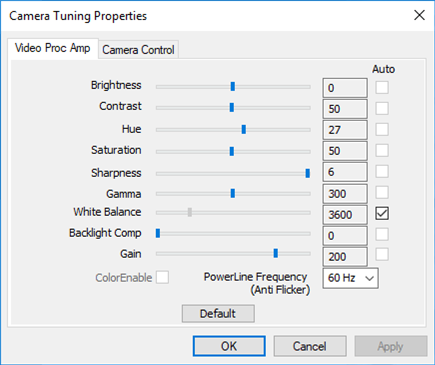
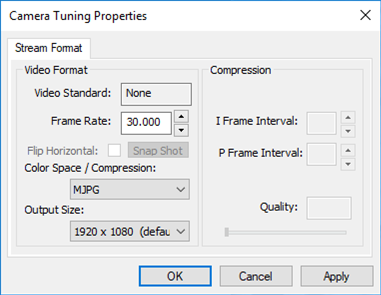
-
-
With the camera properly positioned, use the button on your camera to pause or freeze the live video stream (or click Pause Streaming).

Note: To pause the live video stream, quickly press and release the camera button.
-
Use the button on your camera to capture the current video frame (or click Take a snapshot). The resulting image is added to the snapshot panel, and the video stream automatically becomes live again.

Note: While the video stream is paused, do either of the following:
-
To save the image and resume the live video stream, quickly press and release the camera button.
-
To resume the live video stream without saving the image, press and hold the camera button for 2 seconds, and then release it.
-
-
Repeat steps 3-4 as needed to acquire additional snapshots.
-
On the snapshot panel, clear the check box of the snapshots that you do not want to save.

-
Click Assign Images.
-
Do any of the following:
-
To save one or more snapshots as intraoral images and assign tooth numbers, select the snapshots that pertain to the same teeth (deselect snapshots that do not pertain to the same teeth), and then drag them to the Select Teeth, UR/UL/LR/LL, Upper Jaw, or Lower Jaw box.

If you drag snapshots to the Select Teeth box, select the applicable teeth, and then click Assign Teeth.

-
To save one or more snapshots as extraoral images, select the snapshots that are extraoral images (deselect snapshots that are not extraoral images), and then drag them to the Extraoral Photos box.

-
To save the snapshots on the snapshot panel as intraoral images, but not assign tooth numbers, leave those snapshots on the snapshot panel.
Assigned intraoral images appear on the left side of the preview area; extraoral on the right.

Note: If you have a mix of intraoral and extraoral images, they map to one procedure (D0350), which will appear in the progress notes with two icons. Also, you can delete or reassign the intraoral or extraoral exam as needed in the future.
-
-
Click Begin Uploading.
Troubleshooting
Camera Device Drivers
To confirm that the camera device driver is loaded and recognized by Windows, do the following:
-
Plug the camera into a USB port.
-
Open Device Manager.
-
Expand the Imaging Devices or Cameras category, and make sure that the camera is listed.
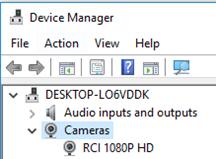
-
If your camera is not being detected by Windows, or if it appears with an error message, try unplugging the camera and plugging it into another USB port on the computer. If the problem persists, contact the camera manufacturer for additional assistance.
Camera Button Is Not Working
If the camera button is not working, try the following:
-
Make sure the Button Tray Utility icon appears in the system tray. If it does not, refer to the "Installation" section of this guide.
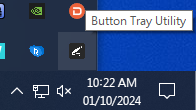
-
Right-click the Button Tray Utility icon, and then select Preferences.

-
Make sure the Short Press Keys and Long Press Keys are correct.

-
If the Camera Registered checkbox is not selected, re-register the camera.

To re-register the camera, do the following:
-
Right-click the Button Tray Utility icon in the system tray, and then select Re-register Camera.

A warning message appears.
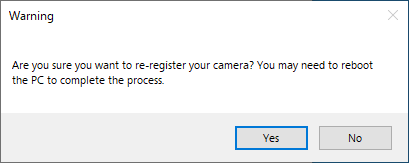
-
Click Yes.
A warning message appears.
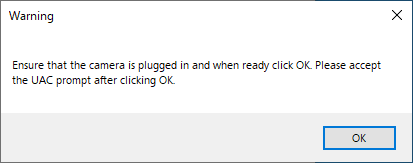
-
Make sure the camera is plugged in, and then click OK.
A message appears.
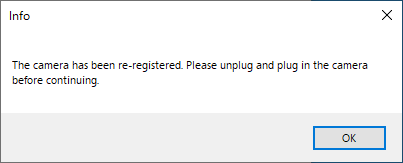
-
Unplug and re-plug the camera, and then click OK.
-
Reboot the computer.
-